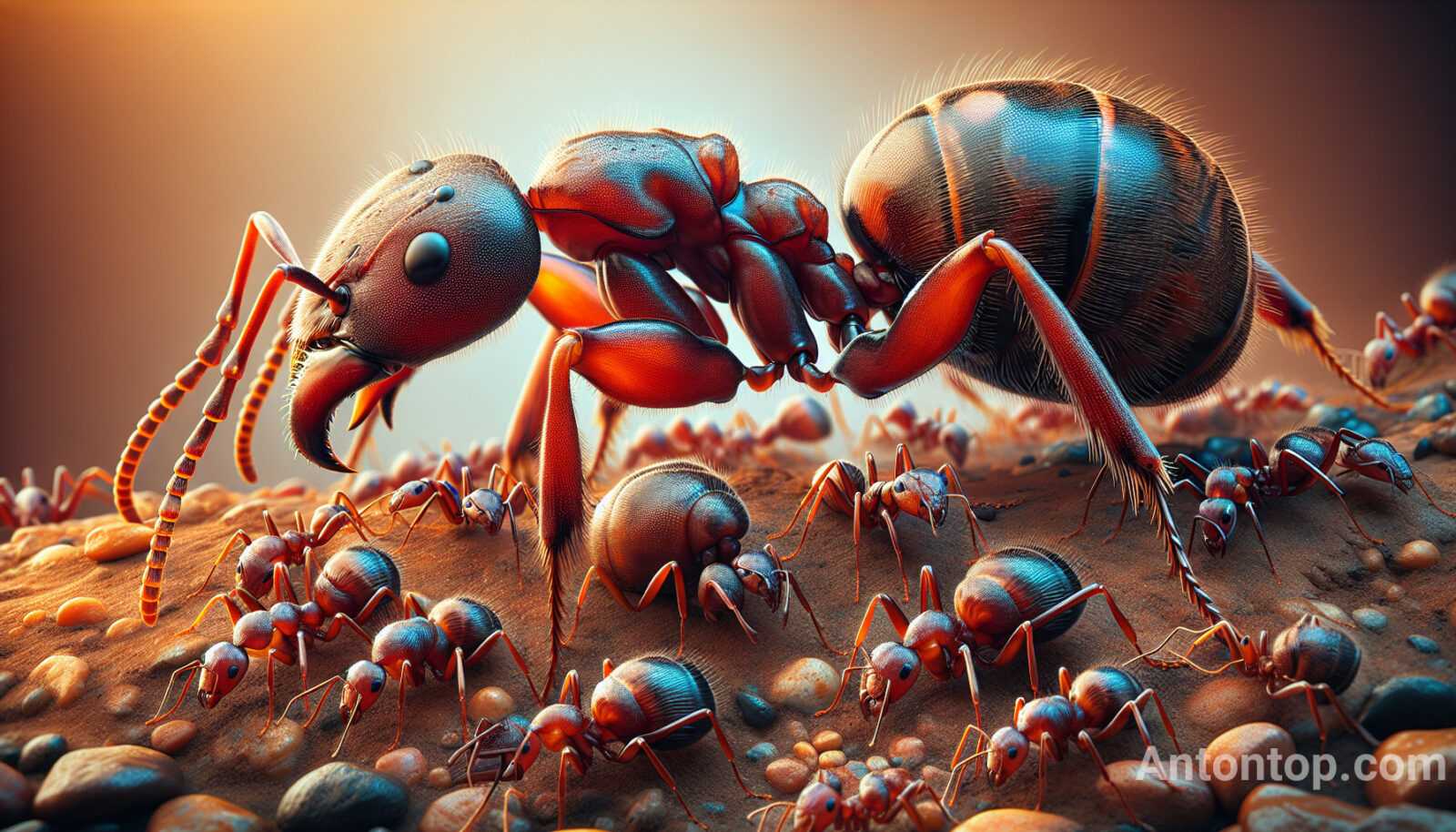Discover the Worlds Largest Giant Breeding Ants: The Fascinating Dinomyrmex Gigas

Introduction to Dinomyrmex Gigas: The Largest Ants for Breeding
In the fascinating world of formiciculture, or ant farming, certain species stand out due to their unique characteristics and the challenges they present to breeders. Among these are the Dinomyrmex gigas, commonly referred to as the giant breeding ants. Renowned for their impressive size and complex social structures, these ants are a popular choice for enthusiasts who are prepared to handle them. In this comprehensive guide, we’ll delve deep into why these ants are favored in breeding circles, their natural habitats, breeding habits, and the incredible benefits they offer to ant farmers.
Understanding Dinomyrmex Gigas
# Taxonomy and Physical Characteristics
Dinomyrmex gigas is part of the genus Dinomyrmex, which falls under the Formicidae family. Found primarily in the dense, tropical forests of Southeast Asia, these ants are some of the largest in the world, with workers reaching up to 2.5 centimeters in length. Their large mandibles and powerful build make them a formidable species in the ant kingdom.
# Habitat and Distribution
These ants thrive in lowland rainforests where humidity and temperature support their complex social structures and breeding systems. The dense canopy of the forests provides the necessary protection and food resources they require to prosper.
# Behavior and Social Structure
Dinomyrmex gigas exhibits fascinating social behaviors, including intricate communication systems and division of labor. The colony is typically structured with one or a few queens, numerous workers, and, during the breeding season, males and new queens. Workers are responsible for various tasks within the colony, from foraging to caring for the young.
Breeding Dinomyrmex Gigas
# Ideal Conditions for Breeding
Breeding giant breeding ants like Dinomyrmex gigas requires creating an environment that closely mimics their natural habitat. Key factors include: – Temperature: Maintain a temperature of approximately 26°C to 30°C. – Humidity: High humidity levels, around 80-90%, are crucial. – Nesting materials: Provide natural materials like rotting wood and leaves to simulate their natural nesting sites.
# Challenges in Breeding

Breeding these giant ants isn’t without its challenges. Their large size and complex dietary needs require more extensive resources compared to smaller ant species. Additionally, their strong survival instincts can sometimes lead to aggressive behavior, necessitating careful handling by breeders.
# The Breeding Cycle
The breeding cycle of Dinomyrmex gigas starts with the nuptial flight, where new queens and males fly out to mate. After mating, fertilized queens seek suitable locations to establish new colonies. This lifecycle is crucial for understanding how to effectively breed these ants in captivity.
Benefits of Breeding Dinomyrmex Gigas
While challenging, breeding Dinomyrmex gigas offers several rewards. These include:
– Educational Opportunities: Observing these ants provides insights into complex insect societies and behaviors. – Conservation: Captive breeding can help preserve species that might be threatened in the wild. – Commercial Potential: There is a niche market for these ants among ant enthusiasts and educators.
Practical Tips for Successful Ant Breeding
To enhance your success in breeding these colossal ants, consider the following tips: – Regular Monitoring: Keep a close eye on the ant colony’s health and behavior, adjusting conditions as necessary. – Adequate Space: Ensure that your breeding setup offers enough space for the colony to grow to prevent stress and aggression. – Diet Management: Provide a varied diet, rich in proteins and sugars, to support the health and growth of the colony.
Related Resources
For more insights into breeding other ant species, consider reading about Cataglyphis aenescens, another fascinating breed, discussed in our detailed analysis here. Also, exploring the most unusual gift ideas for the New Year, which includes unique ant species, could be found in this guide. For further reading on Dinomyrmex gigas, you might find this Wikipedia article useful for an in-depth biological and ecological understanding.
Conclusion: The Advantages of Purchasing from AntOnTop.com
Breeding Dinomyrmex gigas not only contributes to the conservation of a remarkable species but also brings unique joy and challenges to ant enthusiasts. For those looking to start or expand their ant collections, purchasing from AntOnTop.com proves profitable. With a wide range of products, from Polurachis mitrata to innovative mini-houses, AntOnTop.com provides quality solutions tailored to your ant breeding needs, ensuring your colony thrives in an optimal environment. Diving into the world of Dinomyrmex gigas opens up a universe where size does matter, and where the intrigues of ant life unfold on a grand scale. Whether for education, conservation, or the pure pleasure of observation, these giant breeding ants present a unique and enriching frontier in the realm of ant farming.

